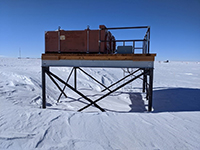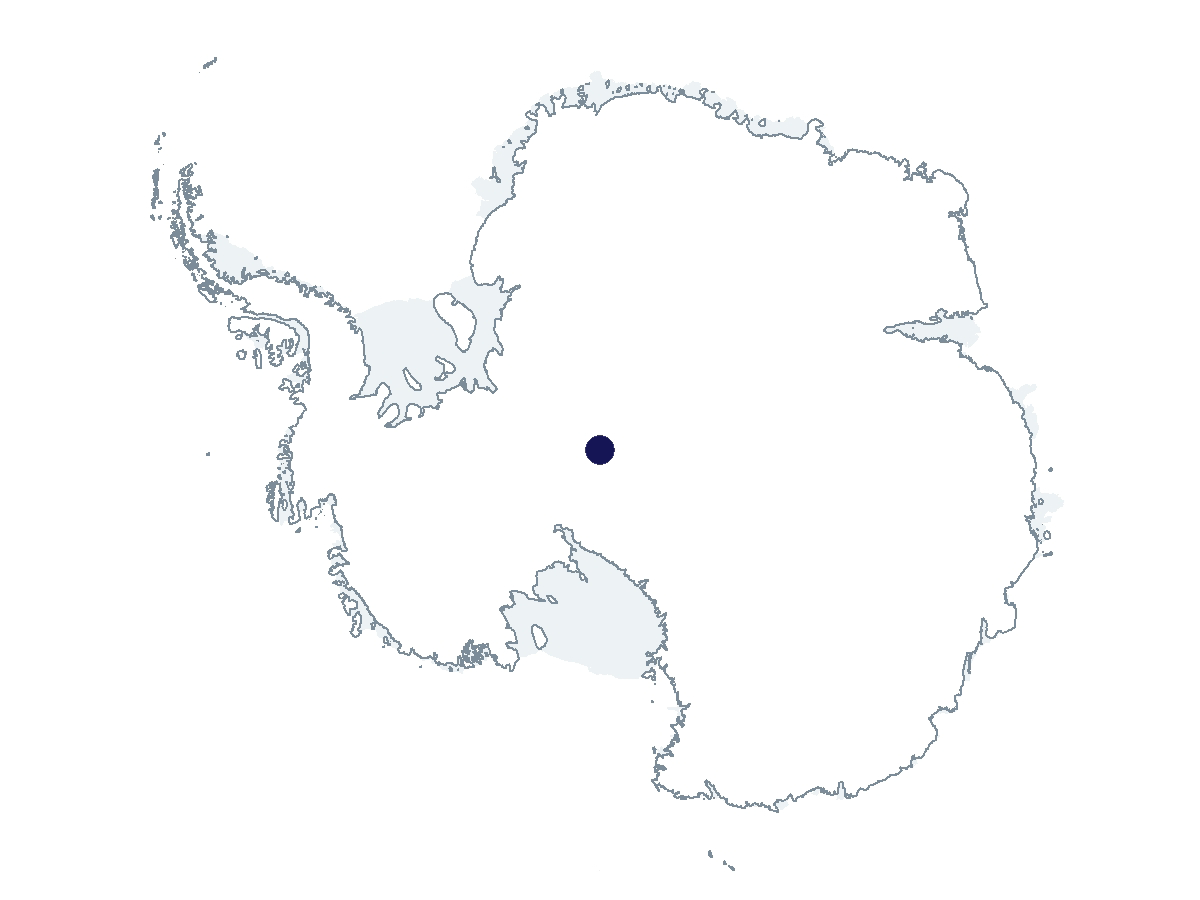2022-2023 USAP Field Season
Project Detail Project TitleCollaborative Research: The Simpson Neutron Monitor Network Summary
Event Number:
Program Director:
ASC POC/Implementer: Principal Investigator(s)
Dr. Surujhdeo Seunarine
Project Web Site: Location
Supporting Stations: South Pole Station DescriptionThis project operates a neutron-monitor suite at South Pole Station. The science thrust of the project is an understanding of solar energetic particles using neutron monitor data, complemented with data from the nearby IceTop air shower detector. Another focus involves understanding the nature of multiple coincident particles observed in the neutron monitors, which extend the reach of the South Pole neutron monitor as a single station capable of doing cosmic ray spectral studies. Also central to the research is understanding the response of these detectors to the radiation environment of the South Pole, particularly in determining the cause of the decline in cosmic ray intensity at the South Pole over the last 50 years. Understanding this decline is important because cosmic rays produce radionuclides such as Beryllium-10 that become trapped in the ice and are used to determine ice-core ages and precipitation levels over Earth's polar regions. An understanding of the production rate is vital to interpreting these data. Field Season OverviewThe main activities of the two-person science team will include: 1) Troubleshooting and identifying the source of sporadic glitches observed in the neutron monitor data. 2) Updating data acquisition hardware and software; archiving of data. 3) Inspecting equipment and performing routine maintenance on heaters in the outdoor detectors. 4) Working on outdoor remotes to mitigate the effects of static build up on windy days, which corrupt the data and require equipment restart. 5) Taking special configuration calibration data as needed. The goal is to ensure another year of continuous, high-quality data from the equipment. Ongoing Research Associate support will be required for routine monitoring and maintenance of equipment as required for up to two hours per week.
Deploying Team Members
|
2022-2023 Science Planning Summary



For USAP Participants |
For The Public |
For Researchers and EducatorsContact UsU.S. National Science FoundationOffice of Polar Programs Geosciences Directorate 2415 Eisenhower Avenue, Suite W7100 Alexandria, VA 22314 Sign up for the NSF Office of Polar Programs newsletter and events. Feedback Form |



